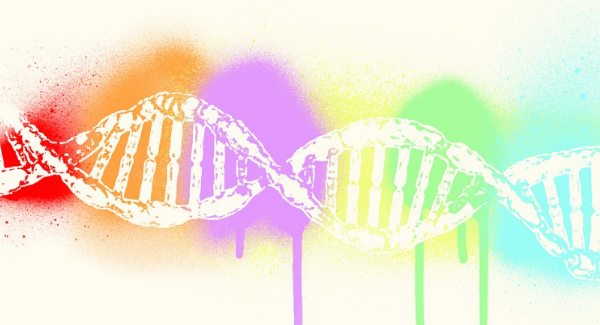A book is more than just the words between the front and back covers, as every reader knows. What many readers don’t know, and what I only learned after I began working on the publishing end of book production with Ooligan Press, is that there is a key document publishers use to bring a book to life well before it ever hits the shelves: the tip sheet. The tip sheet is the DNA of any traditionally published book. It is a breakdown of every element of a book, from its length to its market appeal, and, like DNA, it’s entirely invisible from the outside.
A tip sheet, or AI sheet, is a component of a book designed not for readers, but for the intermediaries who will transfer the book from the publisher to the reader. This brief one- or two-page document outlines everything booksellers will possibly need to know about a book, not just in terms of story, but also about the book’s physical elements, the author, and how it compares to other books in its genre.
Each sheet starts with a cluster of metadata—information about the book as a product, such as the title, author name, ISBN, page number, price, release date, and more. Below that is the sales hook: one or two sentences intended to grab a reader and pull them into the story. Here, the publisher wants to use concise, strong language, and focus on a few key elements of the story: the main character, the situation, and the stakes. With only a sentence or two to get the bookseller’s attention, the sales hook has to pack a punch.
However, no need to worry that the details of the story will get lost in the hook because it’s followed by the description. The book description summarizes the plot in one or two paragraphs. Next are the key selling points—a list directed at the bookseller that says, “Here are the elements of the book that will make your job easier.” For Ooligan’s recent YA release, The Ocean in My Ears, one of the key selling points was “Authenticity: Macvie’s personal experience growing up in Soldotna provides an authentic glimpse of small-town Alaskan life in the early ’90s.” A bookseller in Alaska, for example, would know that they could add The Ocean in My Ears to a display of local authors. Publishers usually list between three and five distinct key selling points here, which can range from unique plot elements to interesting facts about the author.
Up next is audience, another list outlining the groups of readers most likely to approach the book. A tip sheet should not just outline the book’s broad appeal (YA readers, for example), but its appeal to more specific markets, like mystery-lovers. After the audience list comes the author bio, providing about a paragraph of information about the author.
Following that are comparative titles—recent books with similar themes, along with their sales data from Nielsen BookScan. This can be one of the trickier parts of the tip sheet to craft, because while the publisher wants to talk up the book, it is vital to be realistic about how much it is expected to sell and to select comparative titles accordingly. Because Ooligan Press is a small publisher, including extremely popular works such as John Green’s Turtles All the Way Down could come off as lofty, and wouldn’t give the bookseller accurate expectations of how one of our titles might sell. Instead, for The Ocean in My Ears, the comparative titles included YA books from other small presses local to the Pacific Northwest.
Finally, the sheet ends with marketing and publicity highlights, which detail planned marketing efforts to promote the book. These don’t have to be set in stone, but this list should outline events and promotional campaigns that the publisher can realistically put together by the time the book releases, such as themes for Instagram posts, or plans to approach local magazines to request a book review.
It’s certainly not the most glamorous aspect of the book production process, and few readers are even aware that this little document even exists, but the tip sheet is vital in connecting booksellers to books. By breaking down a book into its most basic structural elements, the tip sheet is one of the first tools that a publisher uses to bring their books into the world.

